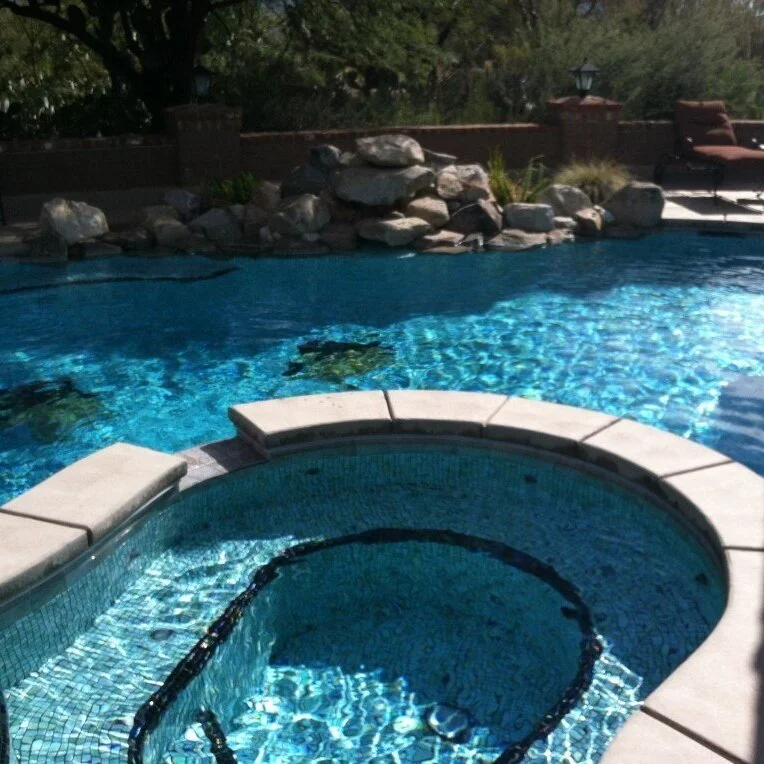What's the Difference Between Single-Speed and Dual-Speed Pool Pumps?
Everyone building a new pool or replacing an old pump has two options: choosing between a single-speed or a dual-speed solution. It's essential to know which pump is best for specific pool specifications, as installing the wrong one can significantly impact functionality. We will explain the difference between the two commonly used pool pumps.
Single-speed pool pumps
Single-speed pumps have been around for decades. These pumps always run at a constant speed after being turned on. Also, they are less expensive than dual-speed models.
Maintaining single-speed pumps is a relatively straightforward process. Once wired and plumbed, the users have to turn them on and off. You can also hook these motors to a timer which will schedule their running time automatically. The pump horsepower usually dictates the on-time, but so does the pool size.
When compared to dual-speed pumps running at low speed, single-speed models make much more noise. They are also inefficient in terms of electricity. Whether you vacuum or heat the water, the pump draws the same amount of power, leading to higher electricity bills.
Life expectancy for single-speed pumps varies between three to ten years before performance issues may become a problem.
Dual-speed pool pumps
Both single and dual pool pumps use induction-style motors. What makes them different is that double-speed pumps have a low-speed and a high-speed option. The low-speed setting is known to be more efficient than having the pump always running at high speeds.
The upfront cost is a bit more expensive with dual-speed pumps, but they offer significant energy savings if used properly.
A low-speed pump setting works best for essential pool circulation and day-to-day swimming needs. Most users will run their dual speed pumps at low speed, except on the following occasions:
Pool vacuuming
Heater running for enough flow
When the leaves start falling in autumn
Even though dual-speed pumps are speed adjustable, you can't customize the flow rate. This issue can cause some inconvenience when getting the pump to work with all water features while keeping the pool running efficiently.
Can single-speed pumps be upgraded to dual-speed?
Many pool owners wonder if they can upgrade their single-speed pumps.
All pumps need to match the pool motor appropriately. The new motor's total horsepower should be greater or equal to the original motor horsepower to ensure smooth operations. If there's a big difference in horsepower between the single-speed and the double-speed pump, the upgrade won't be possible.
Where to find pool pump information?
Every pump will have a sticker on its surface that specifies its voltage, horsepower, service factor, and other essential specifications. For example, the service factor measures the pump's capacity to run without being damaged or overloaded. You will need this information when replacing or servicing your pump.
Consult a professional
When in doubt about servicing an existing pool pump or purchasing a new one, it's best to consult professional pool maintenance service contractors. They can help solve the issue on time while keeping your pool in optimum shape.
Dog Days Pool Service is a pool service company serving Clearwater, Safety Harbor, and all surrounding areas. We offer a wide range of pool services and pool repairs. Our team would love to hear from you! (727) 205-0566.

